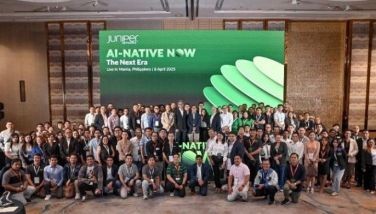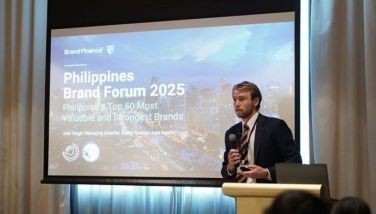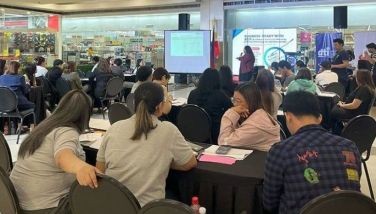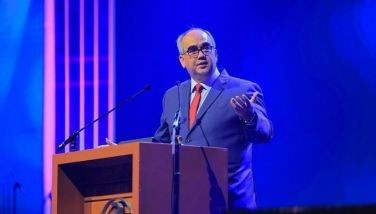Noah got it right
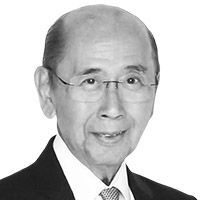
Typhoon Glenda once again drove home the message that the recently-concluded conference on Partnerships for Disaster and Climate Resilience tried to convey: that preparedness and adaptation matter but that transforming our thinking and ways of doing things are equally important.
This was in fact the key point that Federico “Piki” Lopez, CEO of First Gen, one of the main presentors at the resilience conference, made when he said that “It was not raining when Noah built his Ark”. Unlike Noah’s Ark, disaster response comes after the “rains”. Resilience requires that it be implemented before the “rains”. Piki’s presentation was a model of how businesses should prepare for and respond to natural disasters.
As the organizers of the conference “Partnerships for Disaster and Climate Resilience” (myself, Toni Yulo Loyzaga, Executive Director of Manila Observatory, Ernie Garilao, President of Zuellig Family Foundation and Eric Lacanlale, former UNIDO Director of Strategic Planning), we were extremely gratified by the salient messages of the speakers, the high quality of the discussions and the attendance of more than 250 participants who overflowed in the main lounge of the Manila Polo Club.
Our guest speakers: Jean Pascal van Ypersele, vice-chairman of the Intergovernmental Panel for Climate Change together with Satoru Mimura of Fukushima University and Motoo Konishi of World Bank highlighted the urgent need for resilience. Governor Joey Salceda demonstrated how to make resilience a reality in a province. His message was quite clear: despite the challenges, it can be done. Everyone agreed that he is the role model which should be emulated by all, especially in Metro Manila. His passion was obvious even as he quipped in Tagalog to the frustration of the foreign guests. Print media sufficiently covered the remarks of the guest speakers and so I will not dwell further on them.
Dr. Abdul Alim, Deputy Director of UNICEF Philippines, spoke about the Yolanda experience of UNICEF. He emphasized the need to keep our focus on people. Decrying the loss of more than 6000 lives in Yolanda, he said that “even one human life lost is too many people lost”. He was quite forthright in commenting that “it is not acceptable for people not to be able to get funds from the national government 6-7 months after the disaster ” because of bureaucratic red tape. He was referring to the plight of LGU mayors in Region 8.
Dr. Alim called for building a Civil-Military- Private Sector Coalition that can have secure access to people who are suffering within the first 48-72 hours. He was the only speaker who suggested that coordination must be improved between government, military and civil society (including international organizations). It should be emphasized that the military has critical capabilities in ensuring safety and security as well as search and rescue, construction and engineering (such as road and bridge building). Effectively using these activities and aligning them with the humanitarian response and recovery can greatly impact the prospects for recovery and rehabilitation.
An important point that flows from Dr. Alim’s observations is why the government -- both at the national and local levels -- needs to review and reform their systems and procedures to facilitate the quick disbursement of needed funds in extraordinary or emergency situations. Everyone seems to accept that we now face a “new normal” of intensifying natural hazards. Yet the machinery of government continues to operate as if we are in the “old normal”. It is this “business-as-usual” approach that needs to change if we are to see a speedier government response to urgent needs on the ground.
Like Noah, we need to be better prepared before the rains come.
Comments of SURGE post SONA
SURGE, a consortium of international aid agencies (implemented by Christian Aid, Handicap International, Oxfam and Plan International and funded by the European Union humanitarian aid) recently issued a press statement. “We had hoped President Benigno S. Aquino III reported extensively on his administration’s state of risk reduction efforts both in affected areas and the broader disaster risk reduction (DRR) policies.”
Nine months since the strongest typhoon…thousands are still living in tents in coastal areas. When Glenda hit the Visayas two weeks ago, more than 7000 people in Haiyan-affected areas sought cover anew. Last April, International Organisation for Migration (IOM) already cited 53 out of 643 or 8 percent of evacuations centers can be used in Eastern Samar.
SURGE expressed disappointment that the President did not update the nation on its plans for recovery and the critical role that DRR will play in ensuring that we truly “build back better”. “The project RAY of NEDA released in December 2013 is “now woefully out of date”. The Natural Disaster Risk Reduction Management Council’s (NDRRMC) Post Disaster Needs Assessment (PDNA) has not been released. I hasten to add that NDRRMC-OCD Undersecretary Alex Pama mentioned that the PDNA has already been submitted. Some clear mention was needed and would have been appreciated in the SONA as to how the PDNA is being used to strategize and operationalize recovery, reconstruction and rehabilitation. It was a glaring omission.
- Latest
- Trending










